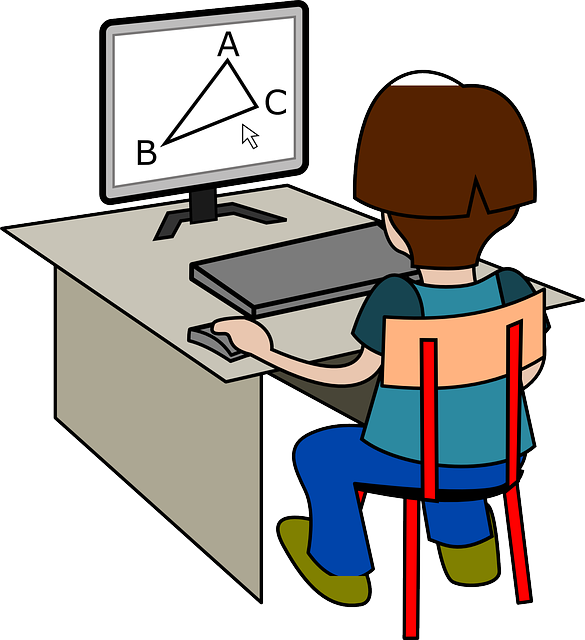WhatsApp Number: +1(249) 265-0080
Vocal Hyperfunction and Treatment
When diagnosing vocal deficits, you may hear a strained, stressed voice pattern. The air may be constrained as the client attempts to speak. Are the client’s shoulders drawn upward? Do they express fatigue when attempting to speak with in this manner? The purpose of this Assignment is for you to gain an understanding of vocal hyperfunction.
This is intended to allow you to show evidence that you have completed the following Learning Outcome:
CLO3: Apply knowledge of anatomy and physiology of communication to diagnose and treat patients with communication disorders (ILO3, PLO3)
Directions
- Describe and define deficits of vocal hyperfunction and research the medical conditions or environmental conditions that may lead to vocal hyperfunction. (Hints: think about kids yelling on the playground, a supervisor trying to talk over noise in a manufacturing plant to give employees instructions, and an anxious person attempting to explain their fears and worries.)
Your short writing of approximately 500 words should use double spacing, 1-inch margins, and 12-point font. Spelling and grammar and APA style are important.
RUBRIC IS ATTACHED (10 references needed at least 3 research articles)
Points possible: 100.
Check our essay writing services here
Vocal Hyperfunction and Treatment
Vocal hyperfunction refers to the overuse or misuse of the vocal cords, which can result in strain, tension, and inefficient voice production. This condition typically manifests as a strained, tight, or harsh voice that requires greater effort to produce sounds. The air may be constrained as the individual attempts to speak, and often, additional muscular tension is observed in the neck, shoulders, and chest. This can lead to fatigue or discomfort during prolonged speaking, and in more severe cases, voice loss or hoarseness. Several medical and environmental conditions can contribute to vocal hyperfunction, and understanding these can help in diagnosing and providing appropriate interventions.
Defining Vocal Hyperfunction
Vocal hyperfunction occurs when the muscles responsible for voice production (the laryngeal muscles) are overworked or excessively tense. The normal vocal process involves the vibration of the vocal cords, controlled by various muscles and ligaments, to


